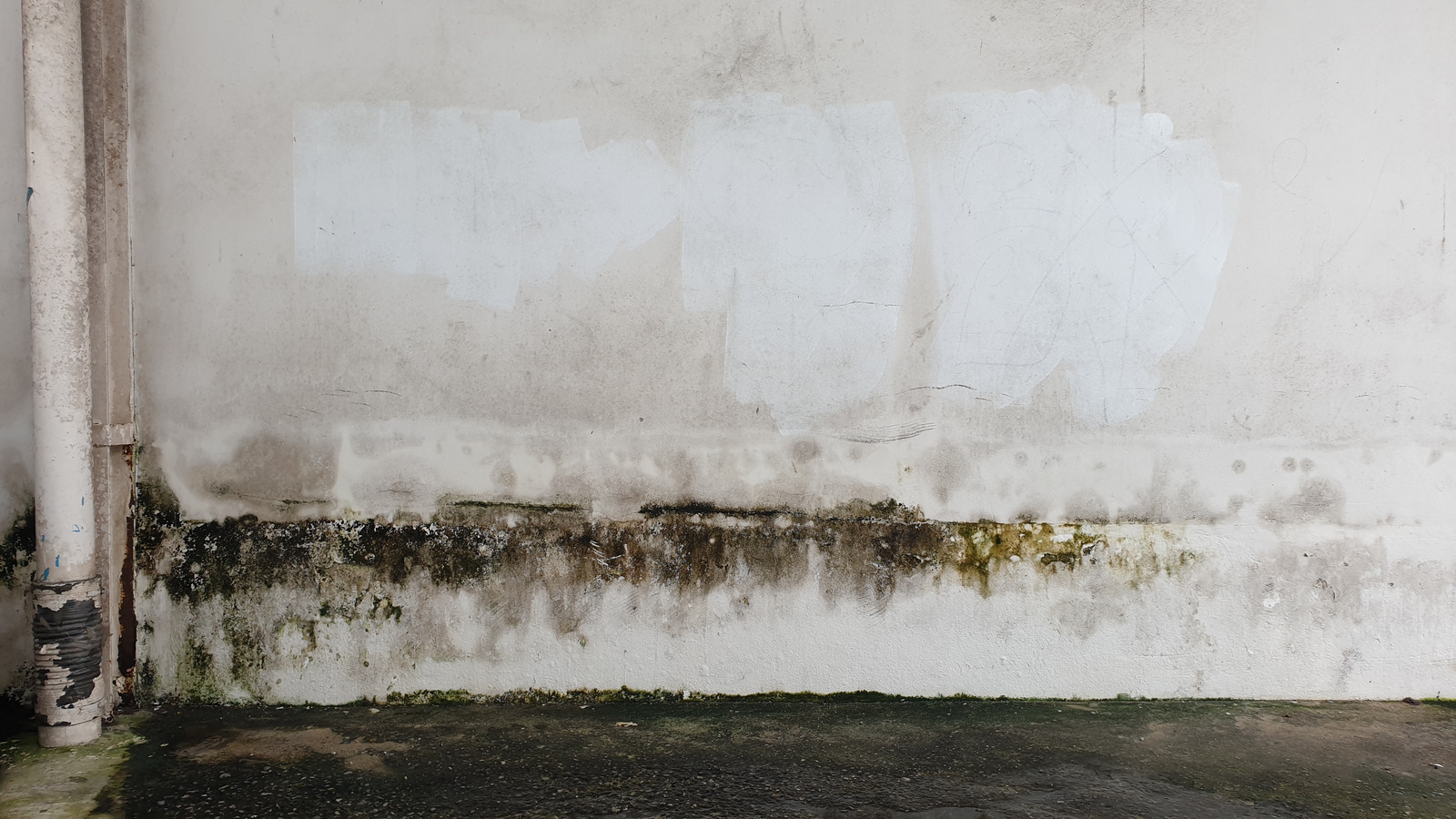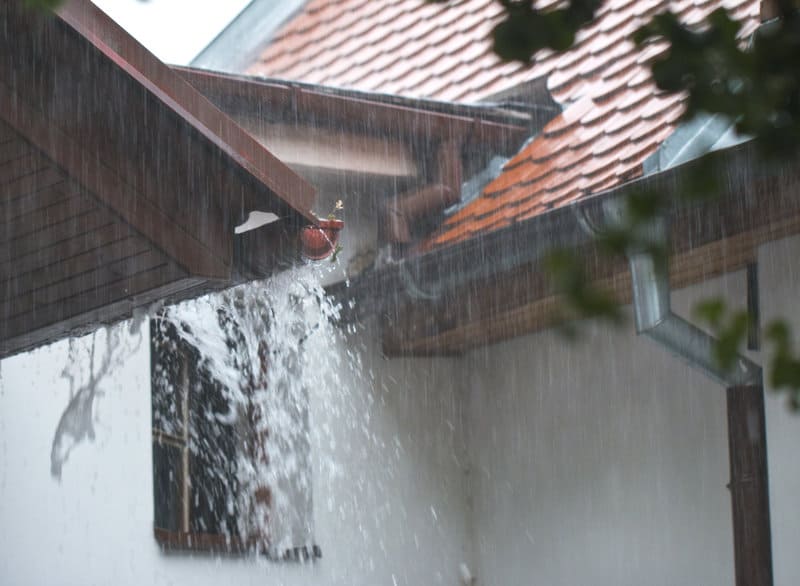The writer is making a few good annotation related to Water Stains on Walls in general in this article on the next paragraphs.

Water spots on wall surfaces are not positive to the eyes. Sometimes it seems almost unavoidable to experience water spots on wall surfaces in residences.
Property owners living in humid regions constantly deal with the anxiety of water discolorations on wall surfaces. With accurate and also well-shaped info on the causes of water stains and punctual fixing procedures, you will always be an action in advance of such incidents.
3 Common Causes of Water Discolorations on Wall Surfaces
As opposed to popular belief, water discolorations on wall surfaces do not always stem from inadequate structure materials. There are numerous sources of water spots on walls. These include:
Damp
When warm damp air meets with completely dry chilly air, it causes water beads to base on the walls of structures. This happens in kitchens and bathrooms when there is heavy steam from cooking or showers. The water droplets can stain the bordering walls in these parts of your home and also spread to various other areas.
Damp or condensation impacts the roofing system and also walls of structures. When the wall is damp, it creates an appropriate setting for the growth of fungis and microorganisms.
Poor Water drainage
This will avoid water from permeating right into the walls. This links to extreme moisture that you notice on the walls of your structure.
So, the leading source of wet walls, in this situation, can be an inadequate drainage system. It can likewise result from inadequate management of sewage pipes that go through the structure.
Pipeline Leaks
Most homes have a network of water pipes within the walls. It always enhances the feasibility of such pipelines, as there is little oxygen within the wall surfaces.
Yet, a disadvantage to this is that water leak influences the wall surfaces of the structure and also creates prevalent damages. A dead giveaway of damaged pipelines is the look of a water tarnish on the wall surface.
Pro Idea
A houseplant in your house likewise enhances its humidity. If the residence is currently damp, you may want to introduce houseplants with minimal transpiration. An instance of ideal houseplants is succulents.
Water Discolorations on Wall Surface: Repair Work Tips
Property owners would typically want a quick fix when dealing with water discolorations. They would certainly soon realize this is disadvantageous as the water spots repeat. So, here are a couple of practical ideas that will guide you in the fixing of water spots on walls:
Final thought
Although no one wishes to have water discolorations on walls in their house, it can happen to the very best people. This short article offers you leverage, as you currently know how to manage this mishap if it does happen.
It is constantly best to recruit specialist services to aid take care of the damages in your house.
Sometimes it appears virtually inescapable to experience water stains on wall surfaces in homes.
In contrast to preferred belief, water discolorations on walls do not constantly stem from inadequate building products. There are a number of causes of water discolorations on walls. The water droplets can discolor the bordering walls in these parts of your residence and spread to other locations.
Below are a few valuable pointers that will direct you in the repair service of water discolorations on walls:
CHECKING FOR WATER DAMAGE
Water damage can be costly, and it may begin before you even notice the first signs of trouble. Water damage can cause mold and mildew in your walls and floors, which can create an abundance of health concerns for your family. It can also lead to costly repairs of various appliances and general home fixtures. To avoid the pricey consequences of water damage, here are Warner Service’s top 5 places you should check:
The walls – The easiest place to spot the beginnings of water damage is on the walls and ceilings of your home. If water damage is present, there will most likely be water stains, especially around the windows and doorframes, and/or cracks in the drywall. If a stain looks unusual (discolored to brown, black or gray, raised texture), has a swollen appearance or is soft to the touch, contact a professional immediately. The pipes – To avoid water damage, consistently check the pipes in your kitchen (especially the dishwasher and ice maker), bathrooms, laundry room (specifically washing machines) and basement for corrosion, leaks and water stains. Pay special attention to where the pipes connect in your home and the location of caulking around the bathroom fixtures, including toilets, sinks, showers and tubs. Missing or loose caulking and grout could be signs of leaking water. This seepage can also quickly cause mold and rust, so double check your water heater and tank for wet spots on the floor. The floor – Water damage is very easy to spot on the floor. Look for any warping or buckling of the material, especially in the basement. If your home has wood flooring, look for bright white or dark stains. If your home has carpeting, keep it dry and clean. A damp carpet that smells of mold could cause water damage and health problems. To avoid this, consider installing floor pans under your appliances to help prevent damages from small, slow and undetected leaks. The basement and attic – If your basement or attic smells odd check for mold and mildew around the area, especially the valley where the roof meets. While you are inspecting those areas, check for wall cracks, floor stains, rust and dampness in the insulation. If you live in a colder and/or rainier climate, perform routine checks for water damage from melting snow or ice and rain. The exterior – Check the roof for damaged flashing and missing, cracked or curled shingles. There should also be no standing water anywhere outside your home. This could be caused by puddles, leaky rain gutters or hoses, poor drainage, or short gutter spouts. Invest in a sump pump system or water flow monitoring system, and perform routine maintenance on these outdoor appliances to avoid indoor water damage.

I came across that entry about while looking around the internet. Appreciated our piece of writing? Please share it. Help others check it out. Many thanks for going through it.
Schedule Now!